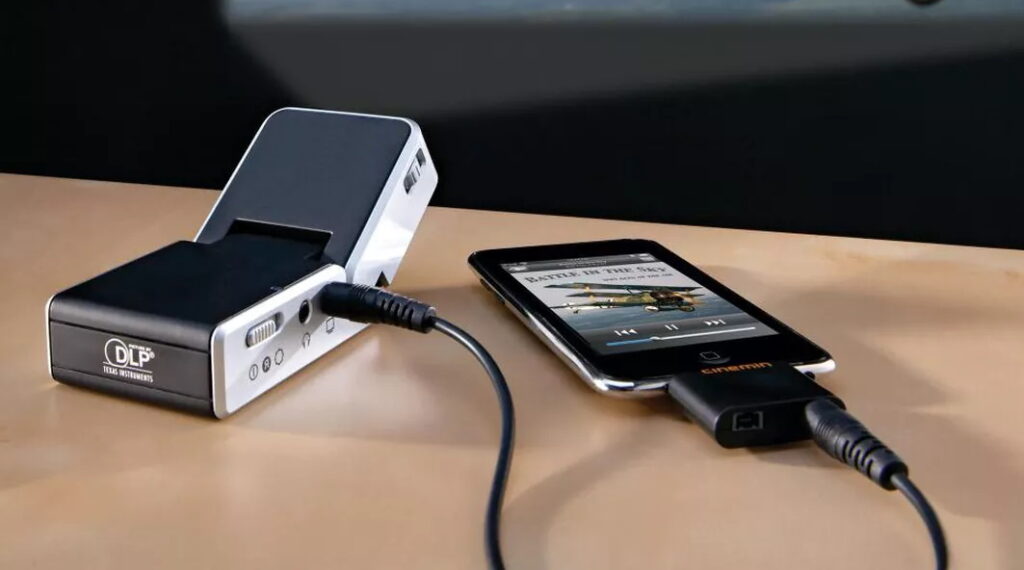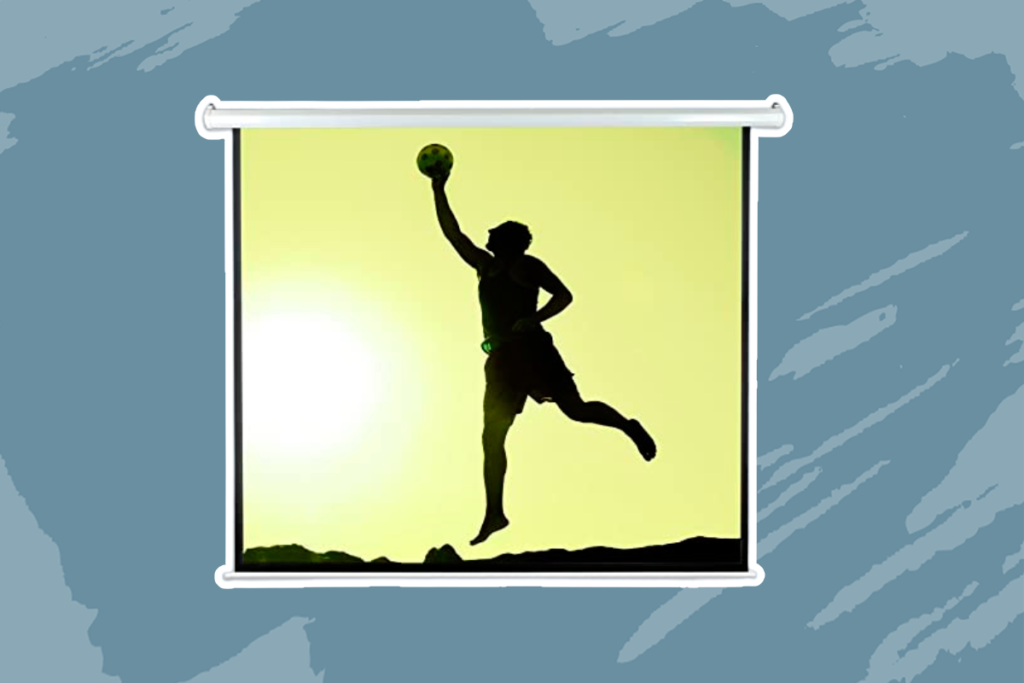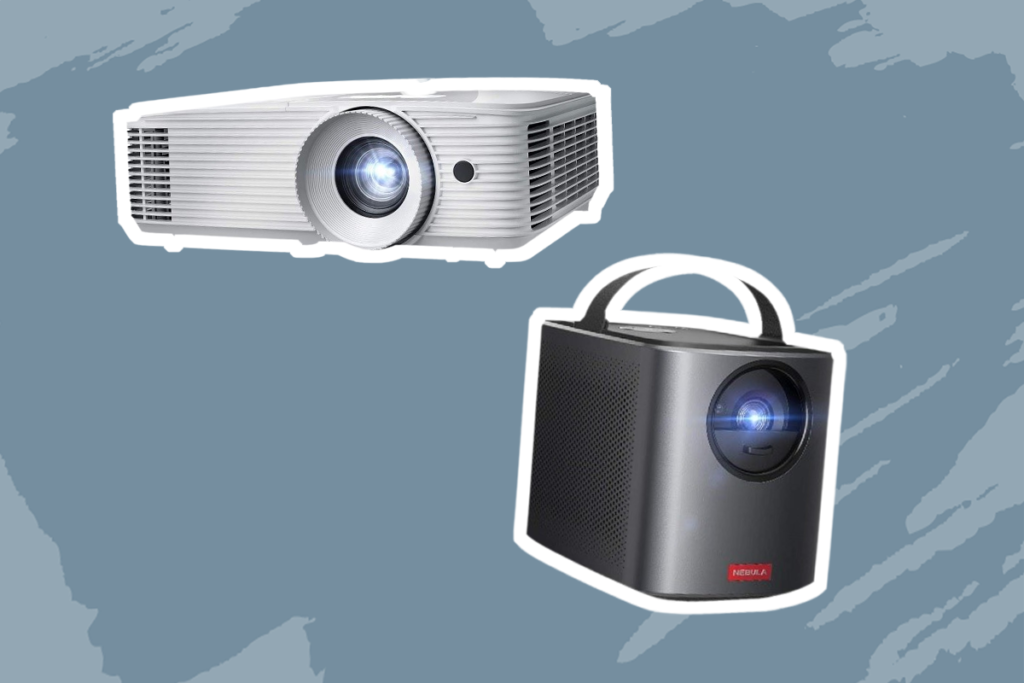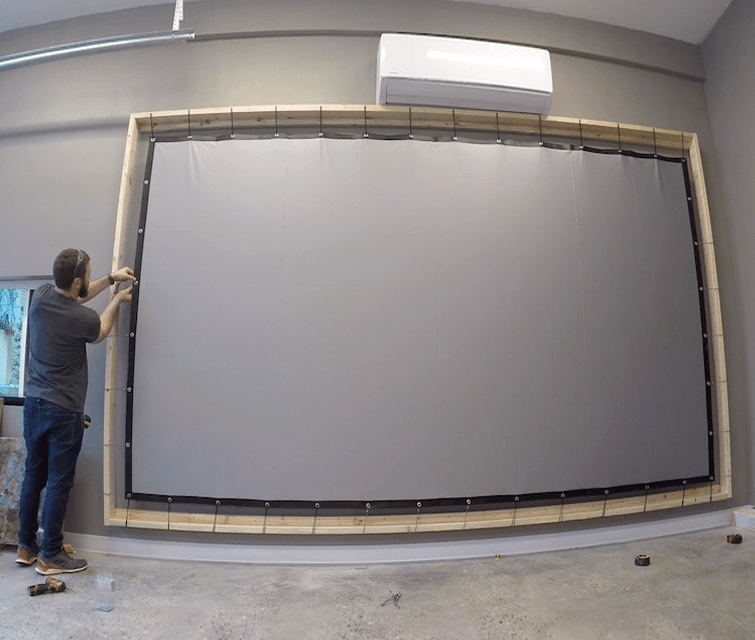Android phones are amazing, but they have one major drawback; their limiting small screen. Yes, you can use them to watch a film, but your eyes will strain, which is why most people prefer connecting their device to a projector. There are various ways of making this connection, and this is mostly dependent on the kind of connections that your projector is compatible with.
For instance, there are projector models that only come with an HDMI port, while others are more versatile and have different types of outputs, including onboard Bluetooth, VGA, and USB. So, there’s no straight method on how to connect phone to the projector using USB. It’s mostly dependent on how your projector needs to be set up.
According to a study by the NCBI Trusted Source Evolution of technology in teaching: Blackboard and beyond in Medical Education The passing of knowledge from one generation to another – has been in existence from the earliest times of human civilization. www.ncbi.nlm.nih.gov , the idea of projectors was first highlighted in 1420 by Johannes de Fontana. He made a drawing of a monk with a lantern whose side had a small translucent window that could be projected on walls. This idea inspired modern projectors that we know today and are more technically advanced.
If you’re in the market for a quality projector, the ViewSonic M1 is one of the best options, according to multiple reviews. It’s compact and portable, so you can use it in any room, and it guarantees big screen projection of up to 100inches from 8ft 9in. This model has built-in Harman Kardon speakers to deliver premium audio, and setting it up is as easy as plugging it in and playing. It also has a built-in battery that offers up to 6 hours of usage, and if you add a dongle, you can live stream sporting events and binge watch Netflix and Disney shows.
The first step towards connecting your phone to the projector using USB is determining your phone and projector capabilities.
Your phone capabilities and connections highly influence your ability to connect your device to the projector. Newer phone models, for instance, those from Samsung, come with a feature that supports adapters and allows you to connect your device using a USB port and the projectors HDMI port. Some other phone models only support Mobile High-Definition Link (MHL). For such phones, you just have to purchase an MHL to HDMI adapter which can plug into your phone’s USB port. We, however, advise that you pay close attention to the specific MHL version that your phones’ manufacturer recommends and then get an adapter that is compatible.
There are projector models that come with a USB port, although they are relatively uncommon. You’re also more likely to find this feature on document projectors compared to home theater models. If you’re, however, lucky enough to own a projector with this feature, you can easily connect your phone to the projector because this is the simplest way of making the connection. You just have to set your projector to the right input channel and then connect a USB cable to both devices.
If your projector doesn’t have a USB port, assess the input options and then find a solution that works.
Most modern projectors are usually equipped with an HDMI port, and they’re the second simplest method of making wired connections after USB.
If you’re looking to upgrade your projector, we have compiled various reviews based on price. Check out our comprehensive guides on the Best projectors under $400, Best projectors under $1,000, and Best projectors under $2,000.
There have been significant technological advancements, and according to a study by Research Gate Trusted Source Projector phone use: Practices and social implications Phones with integrated pico projectors are starting to be marketed as devices for business presenta-tions and media viewing, and researchers are beginning to design projection-specific applications and interaction techniques to explore a broader array of possible uses. www.researchgate.net , currently, there are phones that have integrated pico projectors which are mostly being marketed for their media viewing and business presentation capabilities.
Before connecting your android device to your projector, you need to identify the kind of ports both devices have. This will come in handy when you’re picking out the right cables. While most modern projectors come with HDMI ports, there are some with USB Type-C ports.
Most smartphones now have Type C charging ports, and their highlight is that USB-C is an alternate mode that allows the port to directly output video signals to a Display or HDMI port.
If your projector has a Type C connection, you simply plug one end of the USB-C cable into your projector and the other end into your smartphone. Change your projector’s input channel to USB-C, and you’re set to start mirroring your phone’s screen.
Most older projectors come with an HDMI port, but there are those that are equipped with a DisplayPort. If you have a smartphone with a USB-C port and a projector with an HDMI port, you’ll need to get a cable or adaptor. You should then plug the USB C connector on your android phone and the DisplayPort or HDMI connector into the projector.
According to multiple expert reviews, the USB C to HDMI Cable, uni is one of the best models in the market. It’s compact & light and has wide compatibility. This cable is also made with braided nylon for enhanced durability and enables you to enjoy visuals in 4k.
If your projector only has VGA ports, you can still connect it to your android phone. You simply need a USB to VGA MHL adapter to plug into the USB port on your phone. The other end of the adapter should be connected to the VGA cable on the projector.
If you own an iPhone, you can still connect it to your projector as long as you have the right adapters.
The most challenging part of connecting your iPhone to your projector is ensuring that you have the right cables. This means finding an adaptor that has specifically been designed for your device’s model or made by your phone’s manufacturer. Most of the time, you may have to spend a few extra dollars, but this is the only way to ensure that the cable works reliably with your devices.
According to multiple reviews, the Lightning to HDMI Adapter is the best option. It supports 2k @ 60HZ and allows you to connect your iOS devices to a projector or monitor that has an HDMI input. This adapter is perfect for expanding your work area, games, settings, video calls, and watching TV shows. It guarantees stable signal transmission and supports Supports iOS 14/13 as well as other operating systems.
Thanks to technological advancements, you don’t need a large screen to watch your favorite games and movies. As long as you have a mobile device and a projector, you’re good to go. This, however, means researching how to connect phone to projector using USB, and the above guide highlights everything you need to know. In a nutshell, you should first assess your projector’s and phone’s capabilities. You should then get the right adaptor or cable and then hook them up. If you’re having a hard time taking a reliable connection, we recommend that you restart the devices or get a new cable if yours is generic because it mostly boils down to getting the right tools.





